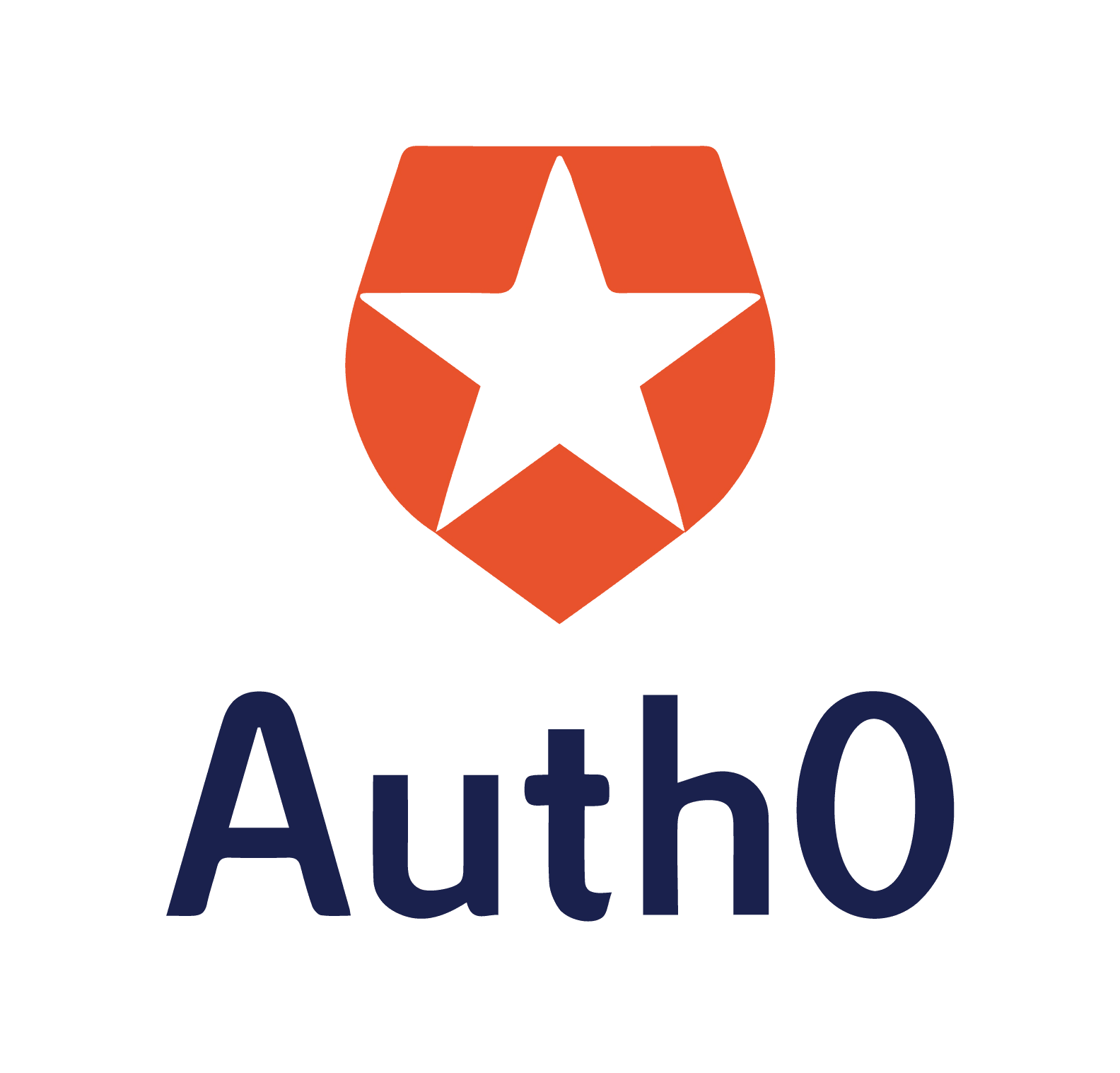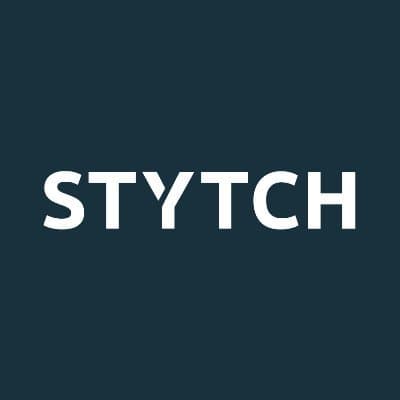Supabase vs. OTPLESS
Supabase
Supabase is the open-source alternative to Firebase. Like Firebase, it's a complete app development platform with user authentication, cloud functions, APIs, Postgres database, storage, vector embeddings, and other features. Supabase projects come with PostgreSQL's policy engine for fine-grained user access rules. It has social login integrations with Google, Facebook, GitHub, Azure (Microsoft), Gitlab, Twitter, Discord, and many more. They offer a customizable authentication component for React. Phone login and MFA can be added through third-party SMS providers such as Twilio or Bird. The free tier comes with 50,000 monthly active users. The Pro plan, at $25/month, comes with 100,000 MAUs and $0.00325/MAU beyond that.
OTPLESS
Authenticate customers with WhatsApp, SMS, Email, Biometrics, and more, with a 98% conversion rate on signup and sign-in.
Reviews
Reviews
| Item | Votes | Upvote |
|---|---|---|
| No pros yet, would you like to add one? | ||
| Item | Votes | Upvote |
|---|---|---|
| No cons yet, would you like to add one? | ||
| Item | Votes | Upvote |
|---|---|---|
| No pros yet, would you like to add one? | ||
| Item | Votes | Upvote |
|---|---|---|
| No cons yet, would you like to add one? | ||
Frequently Asked Questions
Supabase and OTPLESS offer different strengths for user authentication. Supabase is a comprehensive app development platform that includes user authentication, a Postgres database, cloud functions, and APIs. It offers social login integrations and customizable authentication components for React, making it suitable for developers looking for an all-in-one solution. OTPLESS, on the other hand, focuses on simplifying the authentication process with high conversion rates using methods like WhatsApp, SMS, Email, and Biometrics. If you need a full-featured development platform with extensive customization options, Supabase might be the better choice. If you prioritize high conversion rates and a variety of authentication methods, OTPLESS could be more suitable.
Supabase offers more scalability options compared to OTPLESS. Supabase's Pro plan supports up to 100,000 monthly active users (MAUs) for $25/month, with additional MAUs costing $0.00325 each. This makes it a scalable solution for growing applications. OTPLESS focuses on high conversion rates for sign-ups and sign-ins but does not explicitly mention scalability features or pricing for higher user volumes. Therefore, for projects anticipating significant growth, Supabase provides clearer scalability options.
Supabase is an open-source alternative to Firebase, offering a complete app development platform that includes user authentication, cloud functions, APIs, a Postgres database, storage, vector embeddings, and other features.
Supabase offers a variety of features such as user authentication, cloud functions, APIs, a Postgres database, storage, and vector embeddings. It also includes PostgreSQL's policy engine for fine-grained user access rules, social login integrations, and a customizable authentication component for React.
Supabase offers social login integrations with Google, Facebook, GitHub, Azure (Microsoft), Gitlab, Twitter, Discord, and many more.
Yes, phone login and multi-factor authentication (MFA) can be added to Supabase through third-party SMS providers such as Twilio or Bird.
Supabase offers a free tier with 50,000 monthly active users (MAUs). The Pro plan is priced at $25 per month and includes 100,000 MAUs, with an additional cost of $0.00325 per MAU beyond that.
OTPLESS is a platform that allows businesses to authenticate customers using various methods such as WhatsApp, SMS, Email, and Biometrics. It boasts a 98% conversion rate on signup and sign-in processes.
OTPLESS offers multiple authentication methods including WhatsApp, SMS, Email, and Biometrics. This variety allows businesses to choose the most convenient and secure method for their customers. The platform also has a high conversion rate of 98% for both signup and sign-in processes, making it highly efficient for user authentication.
As of now, there are no user-generated pros and cons for OTPLESS.
OTPLESS improves the user authentication process by offering multiple methods such as WhatsApp, SMS, Email, and Biometrics. This flexibility ensures a secure and convenient experience for users, leading to a high conversion rate of 98% for both signup and sign-in.




















